Photography involves a mix of the skills of taking a photograph and the knowledge to edit it. But possibilities are infinite with post-processing. Photographers have the ability to manipulate images to their liking. Is there a limit at which an image becomes a lie? Or should editing be readily accepted without any questions asked? Photographer Jamie Windsor shares his views on this controversial topic:
The key takeaway from Windsor’s discussion is that post-processing is a part of the art. For genres of photography like fine art, the process is irrelevant. It is, in fact, somewhat expected.
What matters is the message that the image carries to the viewers.
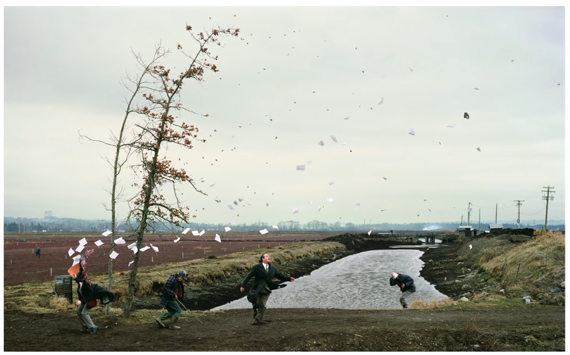
“A sudden gust of wind” is an example of a carefully planned composite image.
If we look at it from a general sense, all photography is a lie because it’s the photographer who chooses what to show and what to exclude.
“The act of choosing what to take and not to take is in itself subjective. What we see is what the photographer has chosen for us to see.”
Even iconic photographer Ansel Adams was a master of manipulating his images. But did he ever alter the truth by editing his images? Or did he do it to represent his vision of the scene? That’s the question you should ask yourself.
Here’s the before and after images by Ansel Adams named Moonrise, Hernandez, New Mexico:
“Photography will never be absolute truth in itself but rather a communicative tool by which a representation of truth is conveyed. For me, truth in photography as with all art, is not told through the intent or the process by which something was created but by what the end result communicates to me as an observer.”
Like This Article?
Don't Miss The Next One!
Join over 100,000 photographers of all experience levels who receive our free photography tips and articles to stay current:
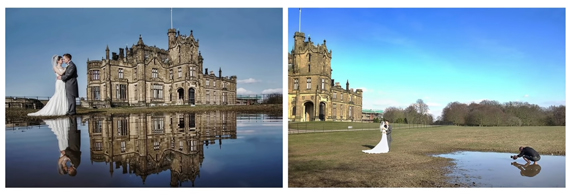
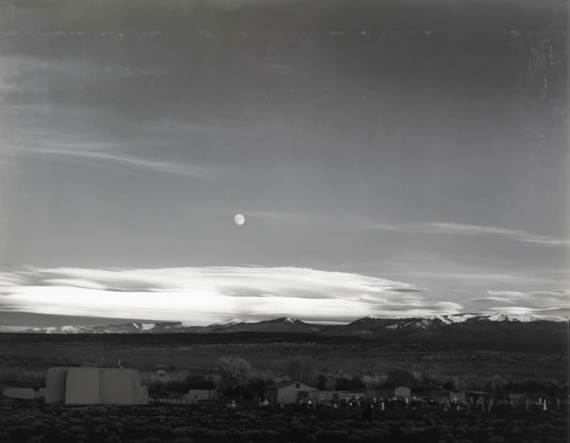
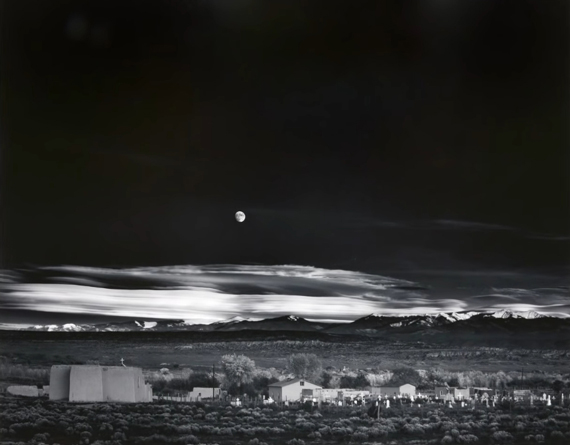

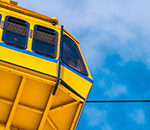

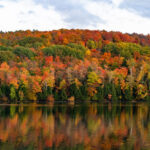

Photography isn’t all a lie, because some photographers take pictures and post them straight out of the camera without editing at all.
I agree with what Jamie is saying here. Photography is an art form, and whether people take family/kid’s or travel photos for souvenir, or scenes that evoked an emotion in the photographer, it is a form of representation no matter the intent and will be seen and felt differently by various viewers for a very long time.
Photo editing for me is to present what my mind’s eye remembers (high contrast images are always a challenge and never true to what ones really saw at the time) as well as an image that is satisfying to me e.i. enhance colours not true to my recollection, take out some parts that distracts from the overall atmosphere or intended subject, or simply have fun with it.
I’m still learning photography, and I don’t believe adjusting photographs is cheating, unless you are “claiming” a truth that is not. Otherwise, truth in photography is already skewed by composition at the onset, you never see the whole picture, but if it conveys an emotion, or shows a part of the world that means something or, is satisfying to the photographer, I think the cameras and the end results live up to their purpose.
I believe the incident that was photographed took place in China in 1938. The scene, a lone crying baby on the railroad tracks. The shot was to elicit sympathy towards the Chinese who were being invaded by Japanese army forces. Yet , it “staged” . It garnered the desired results , although it was “staged”. A “Lie” , or is it propaganda? And there are more examples, many of which were used to “LIE” .